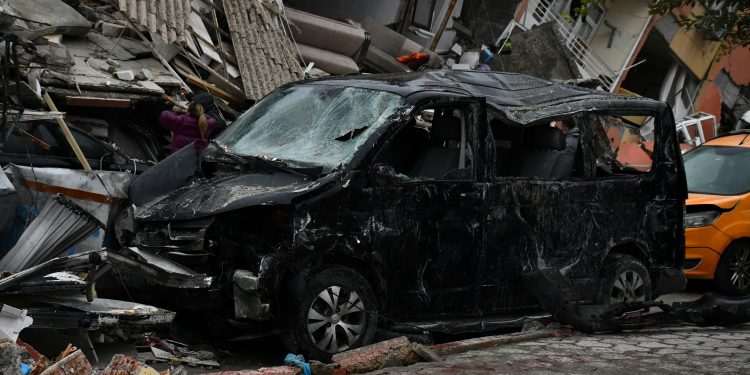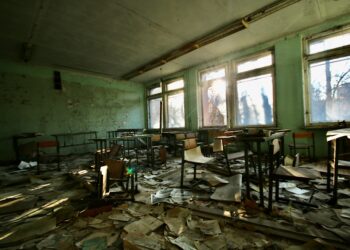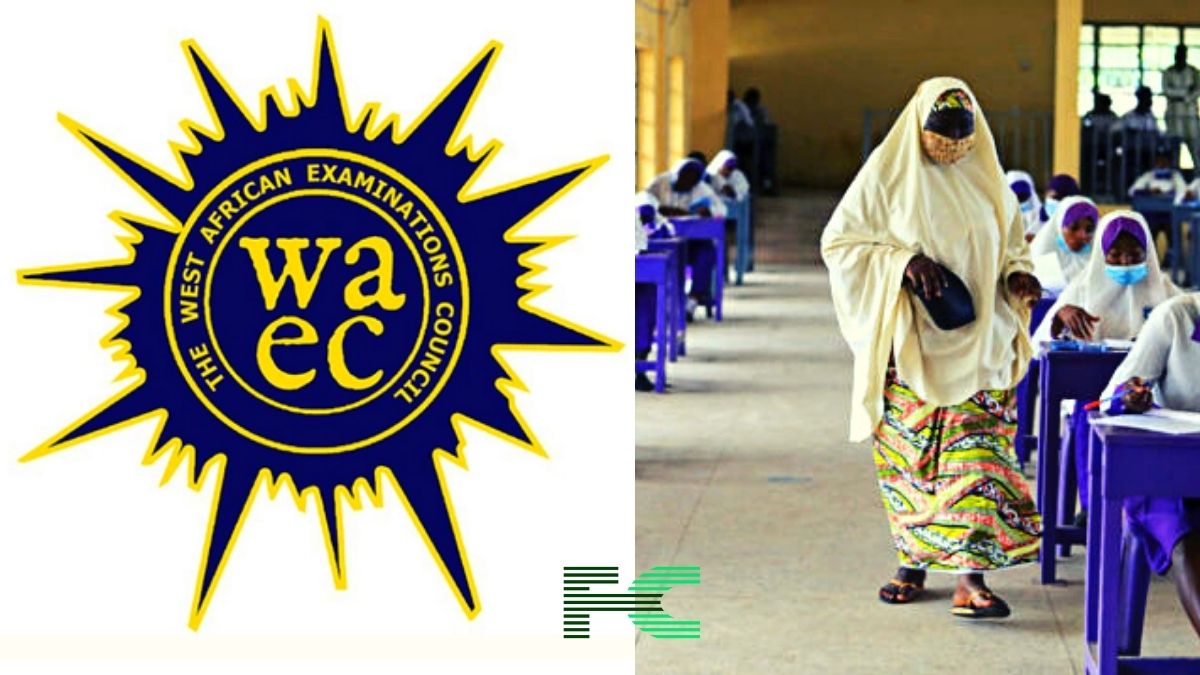A powerful 8.8 magnitude earthquake struck off Russia’s Kamchatka Peninsula on Wednesday, triggering tsunami warnings across the Pacific Rim, from Japan and Hawaii to French Polynesia and Chile. The shallow quake, occurring at just 19.3 km (12 miles) deep, sent waves up to 5 meters (16 feet) crashing into Severo-Kurilsk, flooding ports and sweeping away fishing vessels. Authorities in French Polynesia warned residents of the Marquesas Islands to prepare for 4-meter (13 ft) waves, while Japan temporarily evacuated coastal areas, including workers from the Fukushima nuclear plant.
The quake—the strongest to hit Russia’s Far East since 1952—caused significant damage in Petropavlovsk-Kamchatsky, where residents reported violent shaking. “It felt like the walls could collapse any moment,” said Yaroslav, 25, describing the prolonged tremors. Drone footage verified by officials showed Severo-Kurilsk’s shoreline completely submerged, with floodwaters engulfing a fish processing plant and docks. Kamchatka Governor Vladimir Solodov confirmed several injuries, including a surgical team that continued operating mid-quake.
While Hawaii and Japan later downgraded alerts after recording waves up to 1.7 meters (5.5 ft) and 1.3 meters (4.2 ft) respectively, French Polynesia kept emergency protocols active. French Defense Minister Sebastien Lecornu announced military readiness for potential search-and-rescue operations across the archipelago’s low-lying atolls. Meanwhile, California observed 0.5-meter (1.6 ft) surges, with smaller waves reaching British Columbia.

Ring of Fire Activity: Why This Quake Was Exceptional
The quake’s epicenter, just 74 miles from Petropavlovsk-Kamchatsky, sits on the Pacific Ring of Fire—a hotspot for seismic activity. Despite its 8.8 magnitude, scientists noted the shaking was less intense than expected due to the quake’s specific characteristics.
“Aftershocks will continue, but no stronger tremors are imminent,” said Danila Chebrov of the Kamchatka Geophysical Service. The event revived traumatic memories of Japan’s 2011 tsunami disaster, though officials reported no damage to nuclear facilities this time.
Global Response and Ongoing Risks
With flights resumed in Honolulu and Tokyo commuters stranded due to halted rail services, the focus shifted to assessing long-term risks. Russia’s Emergency Ministry confirmed structural damage to a kindergarten but noted most buildings withstood the quake.

















